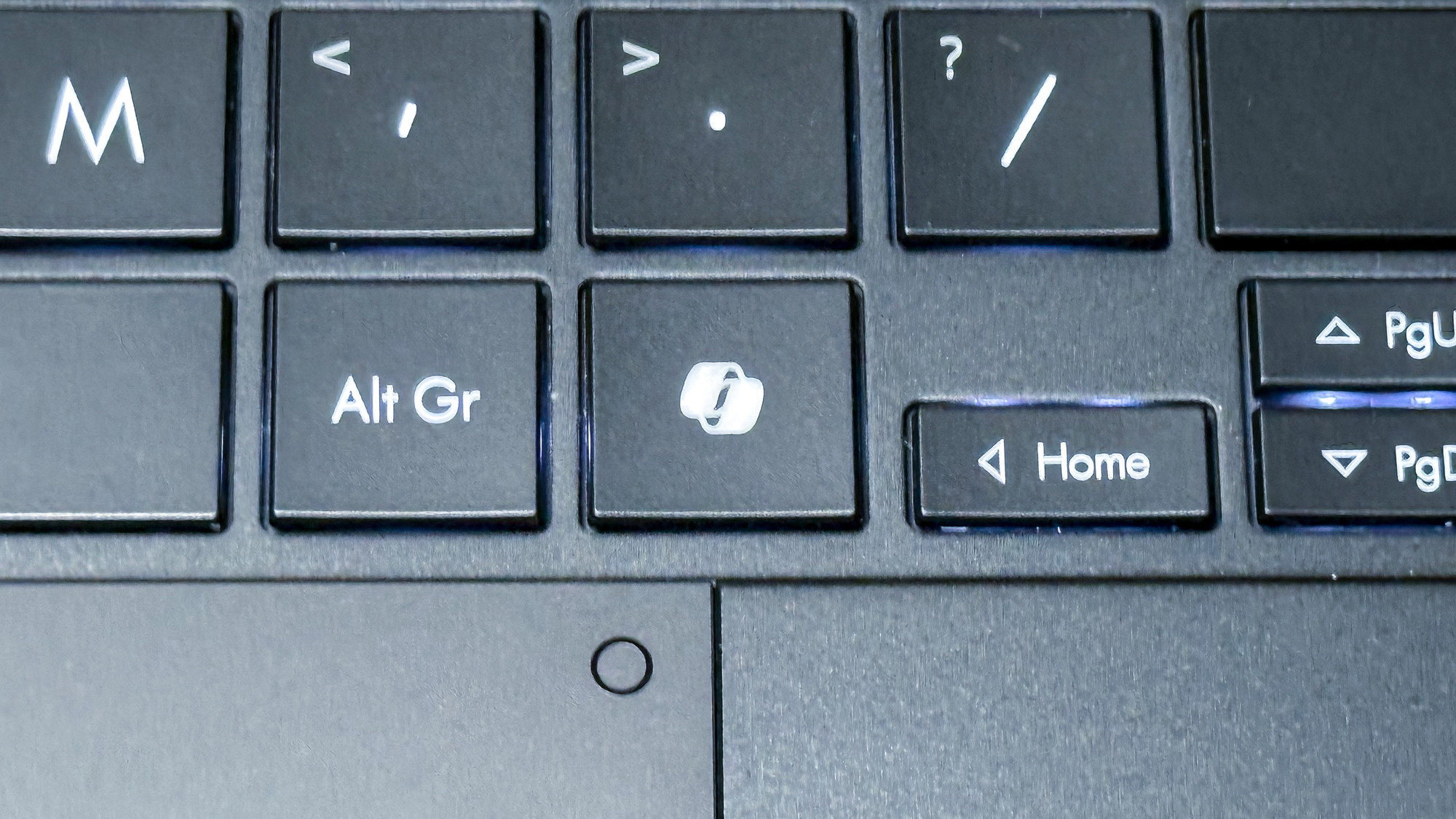
Artificial Intelligence (AI) has transformed industries by enabling systems to make smart decisions, process vast amounts of data, and even predict outcomes in real-time. Two primary paradigms in AI deployment are Edge AI and Cloud AI. While both approaches offer significant advantages, their differences are essential to understand when deciding which one best suits your needs.
As technology evolves, the decision between deploying AI on the edge or in the cloud has a direct impact on factors like latency, scalability, cost, and security. processes data locally on devices like sensors and cameras, reducing latency and improving privacy. relies on centralized, remote servers to process and analyze vast amounts of data, making it scalable and efficient for large datasets.

The main trade-offs include . Edge AI is faster but less scalable, while Cloud AI provides better data storage and computational power at the cost of speed and privacy. Your choice between Edge and Cloud AI should depend on factors like real-time processing needs, available infrastructure, and data sensitivity.
Edge AI refers to the deployment of artificial intelligence algorithms directly on devices like smartphones, sensors, and cameras—rather than relying on a centralized server. In this scenario, data processing occurs locally, on the “edge” of the network. This reduces latency significantly because data doesn’t need to be sent to a distant cloud for analysis.
Instead, real-time decisions are made instantly on the device. The most common use cases for Edge AI include autonomous vehicles, IoT (Internet of Things) devices, industrial automation, and smart homes. In these instances, fast decision-making is critical.
For example, a self-driving car can’t afford the delay of transmitting data to a cloud server and back; decisions must be made instantly on the spot. Cloud AI, by contrast, relies on remote servers hosted on platforms like Amazon Web Services (AWS), Microsoft Azure, or Google Cloud to process and analyze data. This type of AI is highly scalable, making it ideal for applications that require significant computational power, large datasets, or collaborative environments.
In Cloud AI, data is sent from devices to the cloud, where advanced machine learning models are applied to draw insights. This enables large-scale analytics, data mining, and model training that wouldn’t be possible with the limited computational resources of local devices. Cloud AI is commonly used in industries such as healthcare, finance, and e-commerce, where massive datasets need to be processed to make informed decisions.
Here are a selection of other articles from our extensive library of content you may find of interest on the subject of Edge AI and Cloud AI: Understanding the distinctions between Edge AI and Cloud AI helps in choosing the right approach for specific use cases. The following are the primary areas of differentiation: One of the most critical differences is latency. Since Edge AI processes data locally, it provides real-time or near-real-time feedback.
Cloud AI, however, introduces latency because data needs to travel back and forth between the device and the cloud. This is especially problematic in scenarios like healthcare diagnostics, where immediate decisions are required. Edge AI reduces bandwidth consumption because only essential data is sent to the cloud, if at all.
For example, a camera processing images locally to identify objects will only send necessary insights to the cloud, rather than transmitting raw video continuously. Cloud AI, on the other hand, requires a consistent, high-speed internet connection to function optimally, which could become costly depending on the volume of data. Cloud AI excels in scalability.
Enterprises can deploy large-scale machine learning models, utilizing the vast resources of cloud providers. The flexibility to scale up or down based on need is a significant advantage of Cloud AI. Edge AI, however, is limited by the hardware of the local device, which may not always be suitable for resource-intensive applications.
Edge AI offers enhanced privacy because data doesn’t leave the device, which is essential in applications like healthcare and personal security. Keeping data local minimizes the risk of data breaches. On the contrary, Cloud AI requires data transmission, increasing potential security vulnerabilities during transit or storage.
Cloud AI often involves recurring costs associated with cloud infrastructure, computing power, and data storage. Edge AI may have a higher upfront cost for hardware but can be more cost-efficient in the long run, especially if you’re dealing with large volumes of data that would otherwise incur bandwidth and storage expenses in the cloud. When deciding between Edge AI and Cloud AI, it’s essential to consider the specific needs of your application.
Both solutions have their strengths, but the choice largely depends on factors like latency requirements, scalability, data sensitivity, and cost considerations. Edge AI is your best bet. For example, in industries like autonomous driving or real-time video processing, low latency is critical.
With Edge AI, decisions are made instantaneously, ensuring a smooth, reliable performance without reliance on network conditions. Cloud AI is the better option. In cases like training deep learning models on massive datasets or running complex, resource-intensive applications, Cloud AI offers the infrastructure and computational strength needed.
Furthermore, the ability to scale up or down effortlessly makes it a more flexible solution. Edge AI’s local data processing is more secure, making it suitable for healthcare, financial services, or any sector dealing with highly sensitive information. By keeping data on the device, the risk of cyberattacks and data breaches is significantly minimized.
Edge AI may help save on recurring costs, especially if bandwidth and cloud storage fees are a concern. While Cloud AI offers cost efficiency for large-scale, occasional processing, consistently transmitting and storing vast amounts of data can become expensive. In some cases, a hybrid approach that integrates both Edge AI and Cloud AI can be the ideal solution.
For example, less critical decisions can be made at the edge, while more resource-intensive processing occurs in the cloud. This balances the advantages of real-time processing and scalability, creating a more robust AI deployment strategy..













